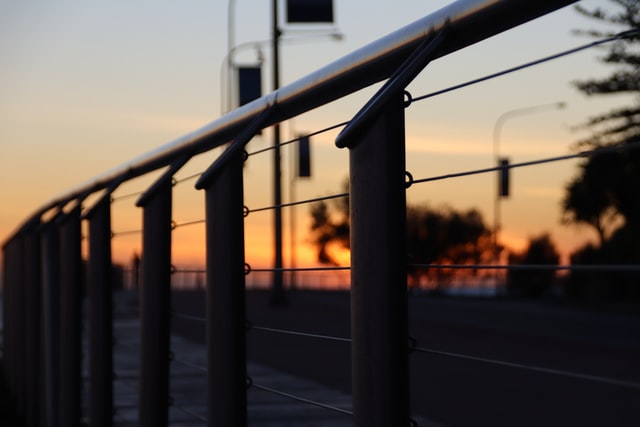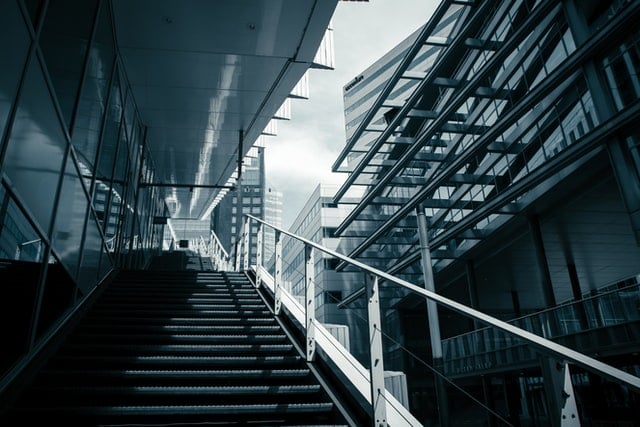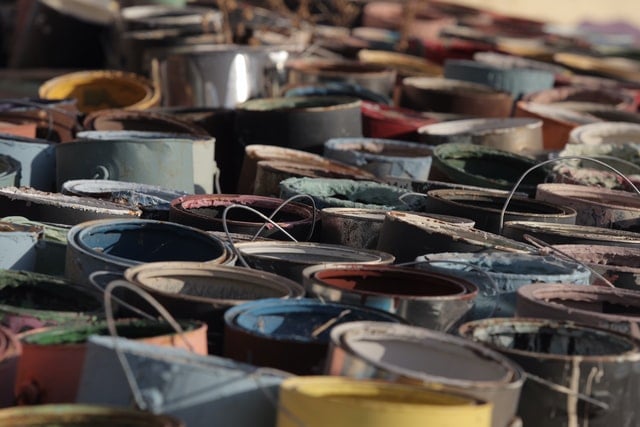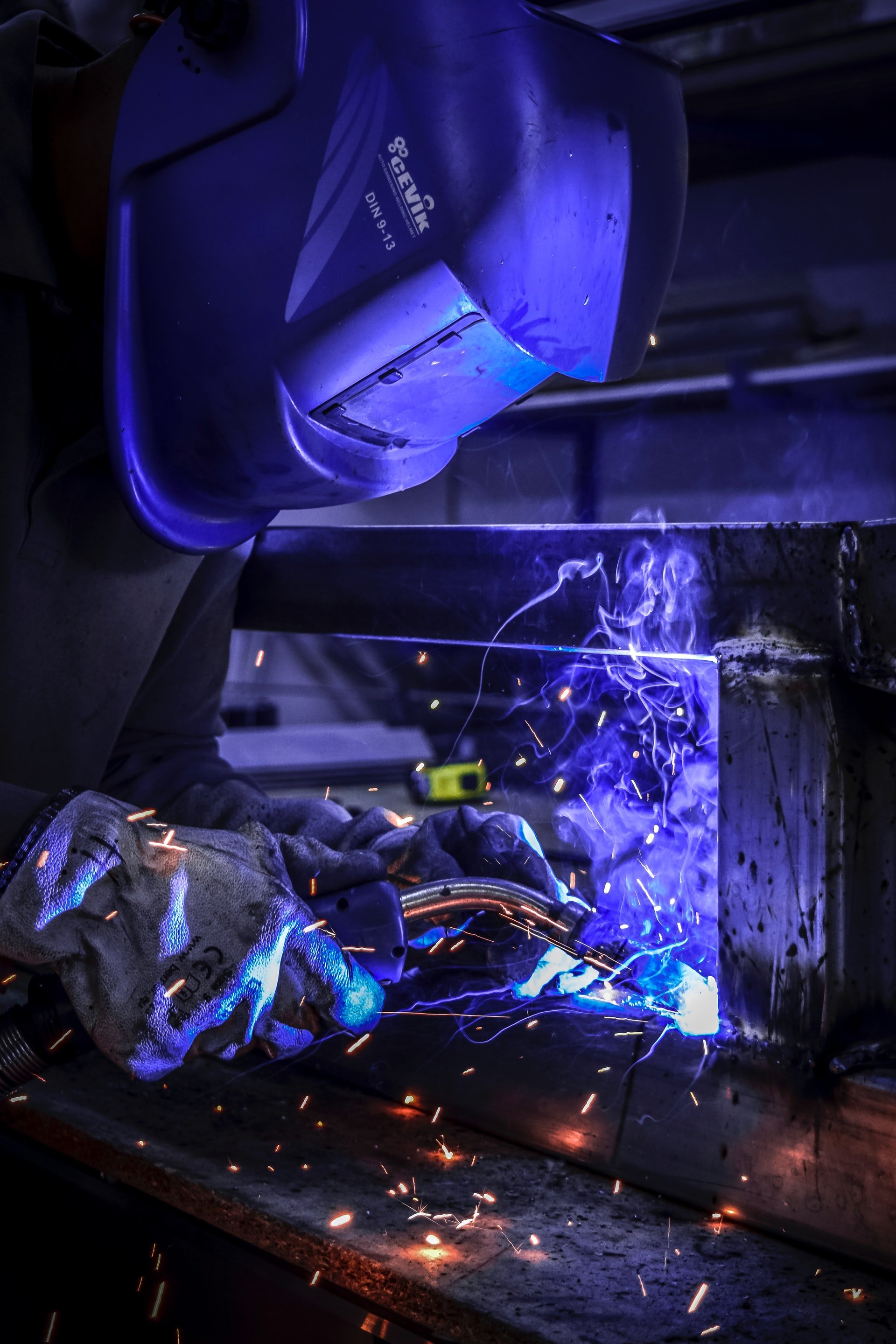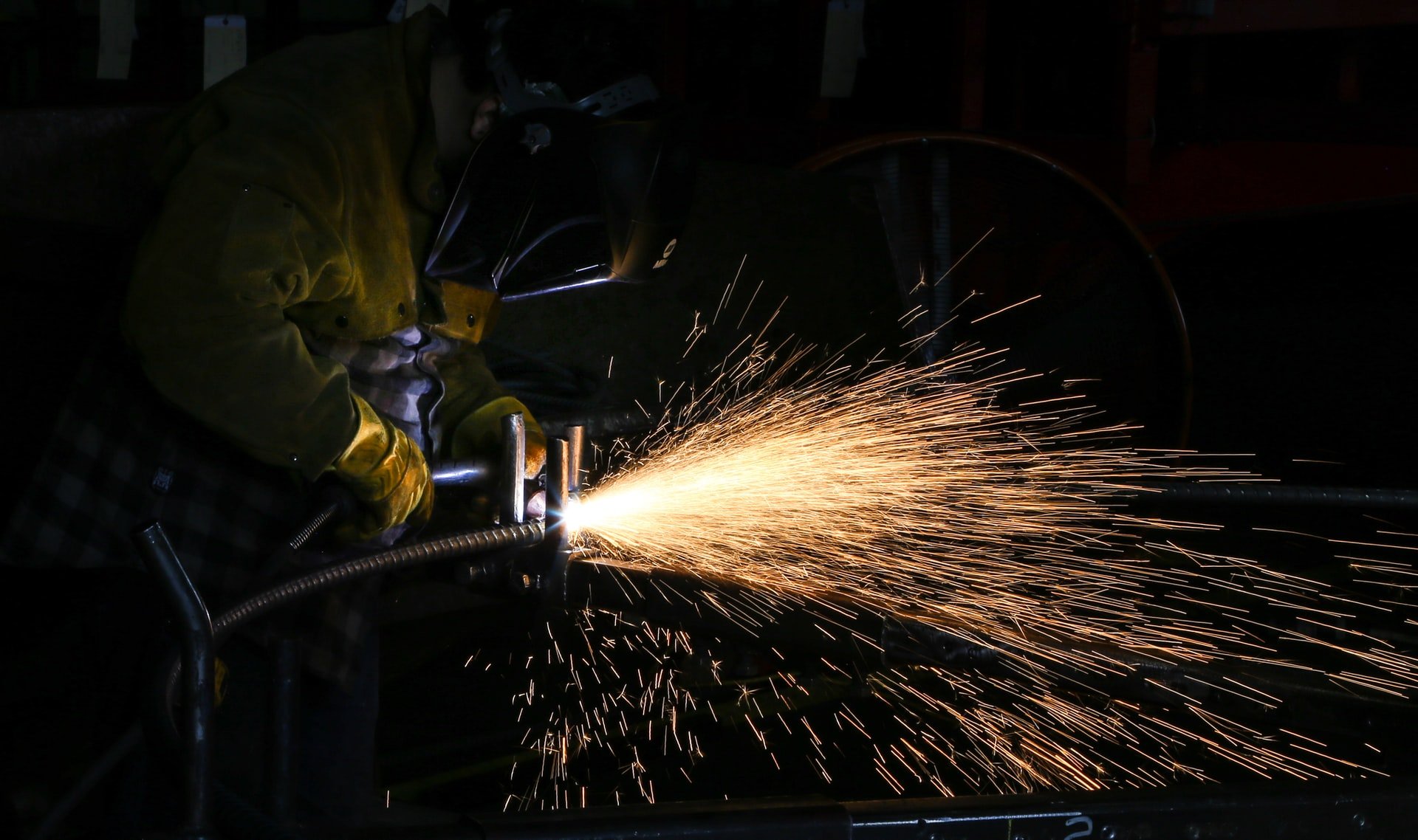
Grit blasting is an extremely popular method of preparing the surface of an object for subsequent finishing, such as with painting, powder coating and others. By abrading the surface of a target object with a high speed stream of abrasive particles, dirt and rust are removed, and grit blasting can even impart a texture to the surface if required.
What Are The Characteristics Of Grit Blasting?
Sandblasting is the best known form of grit blasting but there is a whole range of abrasive mediums, each with a different effect on the target surface. All grit blasting is performed under pressure, usually using compressed air or vapour, or a jet of water. The abrasive medium is projects at the target surface at great speed, which maximises the impact on contaminants such as rust.
How It Differs From Shot Blasting And Soda Blasting
Grit blasting sits somewhere in the middle of the range of abrasiveness that has shot blasting at its most abrasive extreme and soda blasting as its softest and least abrasive. Soda blasting can be considered more akin to polishing than to abrading.
Advantages Of Grit Blasting
Grit blasting delivers some real advantages:
- Flexibility to abrade any size from large to tiny
- Choice of abrasive medium to achieve a desired effect on the target object
- Low cost
- Medium can be recycled when used with an enclosed abrading cabinet
For larger items, like a truck, for example, the operator can walk around it, directing the abrasive stream at will. This provides enormous flexibility and means that intricate objects can be abraded as easily as straight sided cabinets, for example.
Does Grit Blasting Have Any Disadvantages?
Unless contained within a blasting cabinet, grit blasting can generate a lot of dust, depending on the abrasive medium being deployed. Sand, especially, creates very fine dust and with it comes fears of possible silicosis.
Equipment Required For Grit Blasting
Grit blasting is very much machinery and power dependant. For free standing operator-directed system, you need these components:
- Propellant source, such as compressed air, vapour or water under pressure
- Heavy duty pneumatic hose connected to spray gun
- Abrasive medium receptacle and spray gun
- Protective clothing and face mask for the operator
Alternatively an enclosed blast cabinet for a closed system where the abrasive medium can be contained, recovered and recycled.
What Objects Are Typically Subjected To Grit Blasting?
The range of target objects is virtually limitless, with the majority being metal. Concrete walls, patios and driveways respond well to this treatment, and even to basic pressure water jet without any abrasives in many cases.
Objects can be as large as ships and as small as something you can easily fit in your hand.
But by far and away the most common application is preparing metal objects for a finish such as powder coating, painting or hot zinc galvanising. When applying any finish such as those, the most important criterion for success is thorough preparation of the target surface. This is what grit blasting delivers and what makes it a critical element of the overall process in any steel fabrication workshop.
Find Out More
Grit blasting and its big brother, shot blasting, are offered as in-house services in our fabrication shop. You may also take advantage of our finishing processes for hot zinc galvanising, powder coating and painting. Contact us today to discuss your own specific requirements or your next project.




